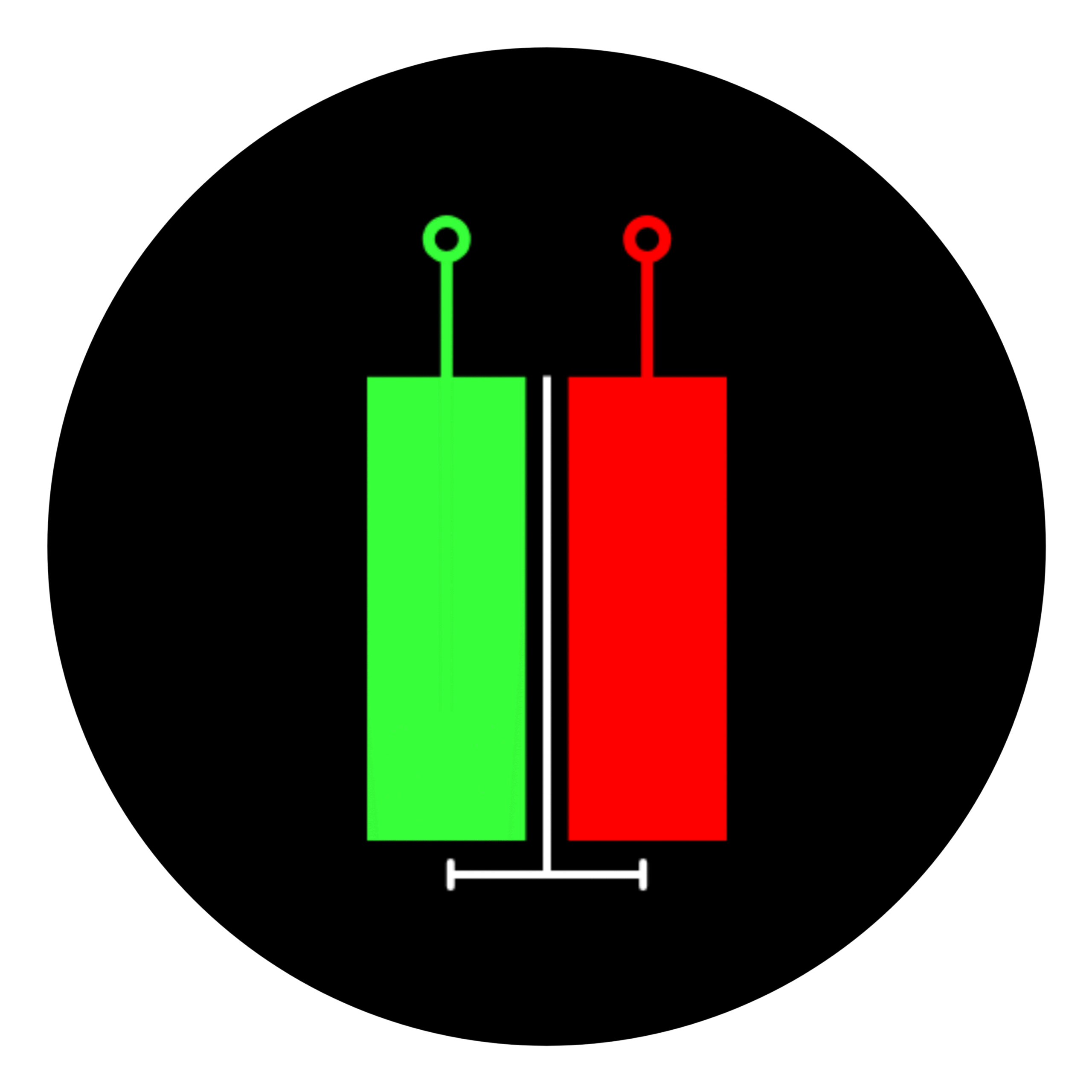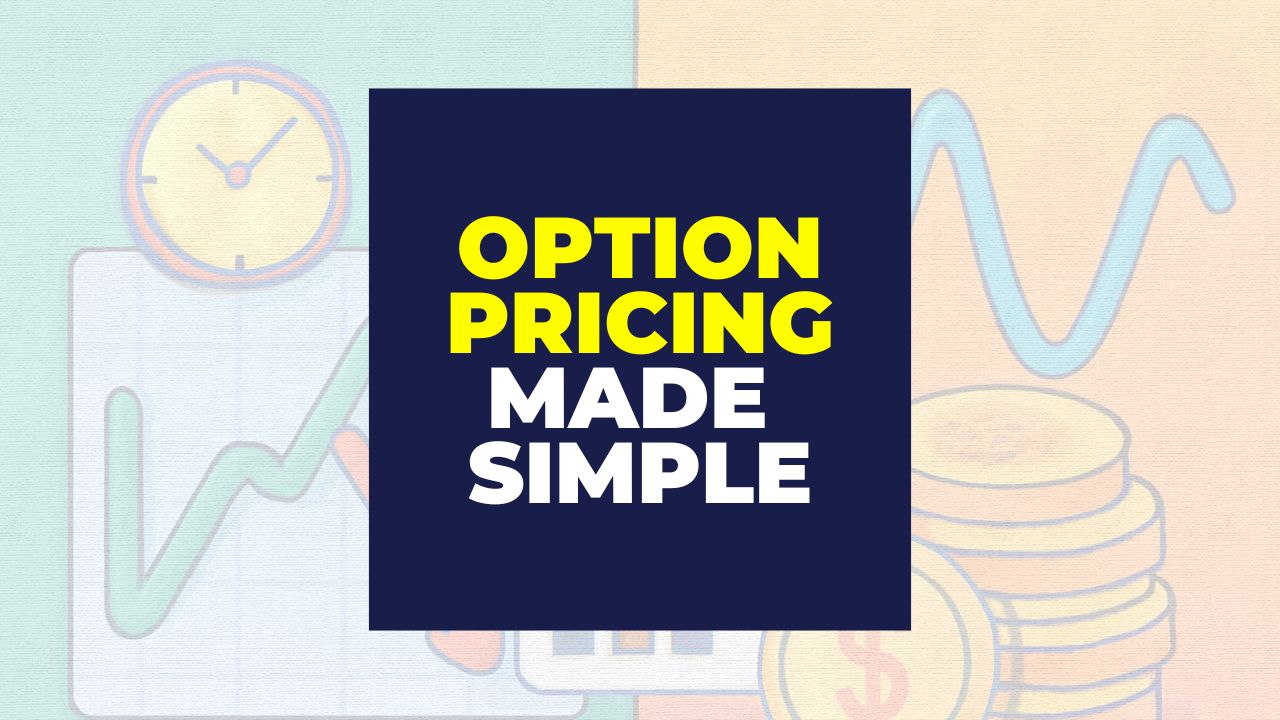Options are not priced randomly. They follow certain principles and mathematical models that take multiple factors into account. Let’s break down the components and logic behind how options are priced, and also understand some important related concepts.
Table of Contents
1. Components Behind Option Pricing
The price of an option depends mainly on:
- Price of the Underlying Asset – Whether it is a stock, index, or commodity.
- Intrinsic Value – The part of the option price that comes from how much the option is “in the money.”
- Time to Expiration – More time means more chances for the option to move in your favour.
- Volatility – How much the underlying price is expected to move.
- Interest Rates – Market interest rates also have a small but measurable impact on option pricing.
These components work together in a formula. The most popular formula is the Black–Scholes Model, which takes all these inputs to calculate a fair price for the option.
2. The Basic Option Price Formula
Option Price = Intrinsic Value + Extrinsic Value
- Extrinsic value includes Time Value + Implied Volatility value.
If an option is at the moment of expiration, the time value becomes zero. At that point, the option price equals only the intrinsic value. This is because the “Theta component” (rate of time decay) has fully eroded.
3. Role of Theta – Time Decay
The Theta of an option measures how fast its price will fall as time passes, assuming all else remains the same.
The Theta of an option measures the rate at which its value declines each day as expiration approaches, assuming all else remains unchanged.
- For option buyers, Theta is always negative, meaning your option loses value with time.
- This time decay speeds up as expiry gets closer, which is why short-term options lose value quickly.
4. Volatility’s Direct Impact
Option prices are directly proportional to volatility.
High volatility = higher premiums, because there’s a greater chance for large moves that could put your option in the money.
Low volatility = cheaper premiums, as price swings are expected to be smaller.
5. Put-Call Parity and Arbitrage
For European-style options, there’s a mathematical relationship between the prices of calls, puts, and futures called Put–Call Parity:
Futures Price = Strike Price + Call Price – Put Price
A “synthetic future” is not a separate product you can buy or sell. It’s simply an options combination that behaves exactly like a futures contract:
- Long Call + Short Put = behaves like Long Futures
- Short Call + Long Put = behaves like Short Futures
Same strike, same expiry.
If this relationship is not true in the market, arbitragers can make risk-free profits.

For example:
Case 1: Synthetic is Overpriced
- Strike Price (K) = $100
- Call Price (C) = $7
- Put Price (P) = $4
- Actual Futures Price = $102
From the formula: Synthetic Futures Price=K+C−P=100+7−4=$103
Here, the synthetic is $1 more expensive than the actual futures.
How to Arbitrage:
- Sell the synthetic (using options):
- Sell the call at $7.
- Buy the put at $4.
(This behaves like shorting a futures contract.)
- Buy the actual futures at $102.
Why It Works:
- The futures you bought and the short-futures-like options combo cancel each other’s price risk.
- The $1 difference is locked in as profit, regardless of market movement.
Case 2: Synthetic is Underpriced
- Strike Price (K) = $100
- Call Price (C) = $6
- Put Price (P) = $5
- Actual Futures Price = $103
From the formula: Synthetic Price=100+6−5=$101
Here, the synthetic is $2 cheaper than the actual futures.
How to Arbitrage:
- Buy the synthetic (using options):
- Buy the call at $6.
- Sell the put at $5.
(This behaves like going long on a futures contract.)
- Sell the actual futures at $103.
Why It Works:
- Again, the long-futures-like options combo and the short actual futures cancel each other’s price movements.
- The $2 difference is your locked-in profit.
6. Why Sometimes Calls Seem More Expensive Than Puts
It may look like calls are more expensive than puts at the same strike or vice versa.
But in reality, options are usually priced correctly according to put–call parity and the level of the synthetic futures price.
This is true even for weekly options. They are priced based on implied futures rather than directly from the spot price.
So, even if you are trading short-term options, futures pricing plays a role.
7. Why Futures Prices Can Be Higher Than Spot Prices?
Futures prices are often higher than spot prices when there’s still significant time to expiration. This happens because of cost of carry, which includes:
- Financing cost (interest rate for holding the position until expiry).
- Any other costs involved in holding the asset.
This difference between spot and futures price is known as contango.
As expiry approaches, futures prices converge with spot prices, and the difference disappears on the expiration day.
This article is for informational purposes only and should not be considered financial advice. Investing in stocks, cryptocurrencies, or other assets involves risks, including the potential loss of principal. Always conduct your own research or consult a qualified financial advisor before making investment decisions. The author and publisher are not responsible for any financial losses incurred from actions based on this article. While efforts have been made to ensure accuracy, economic data and market conditions can change rapidly. The author and publisher do not guarantee the completeness or accuracy of the information and are not liable for any errors or omissions. Always verify data with primary sources before making decisions.

